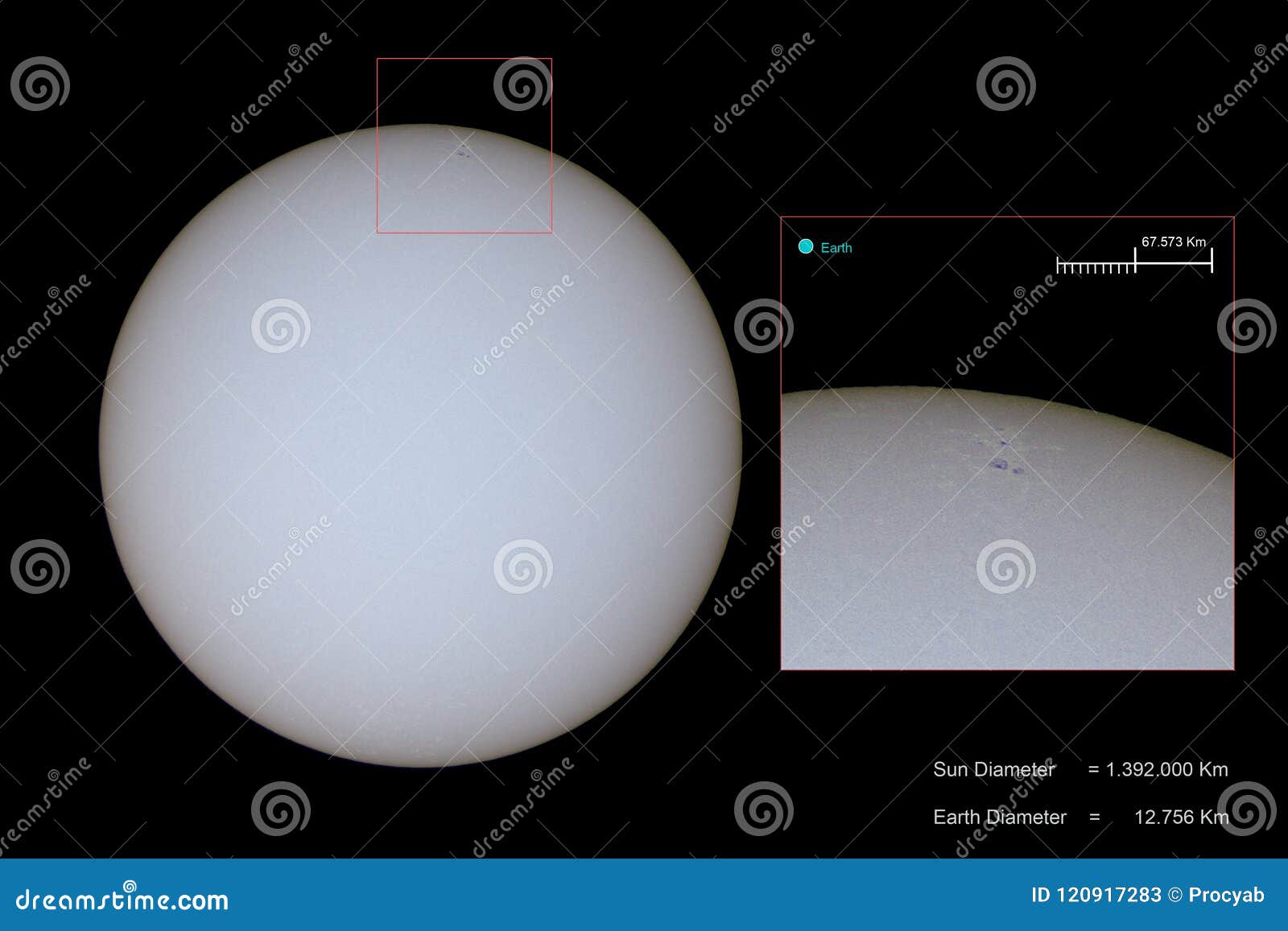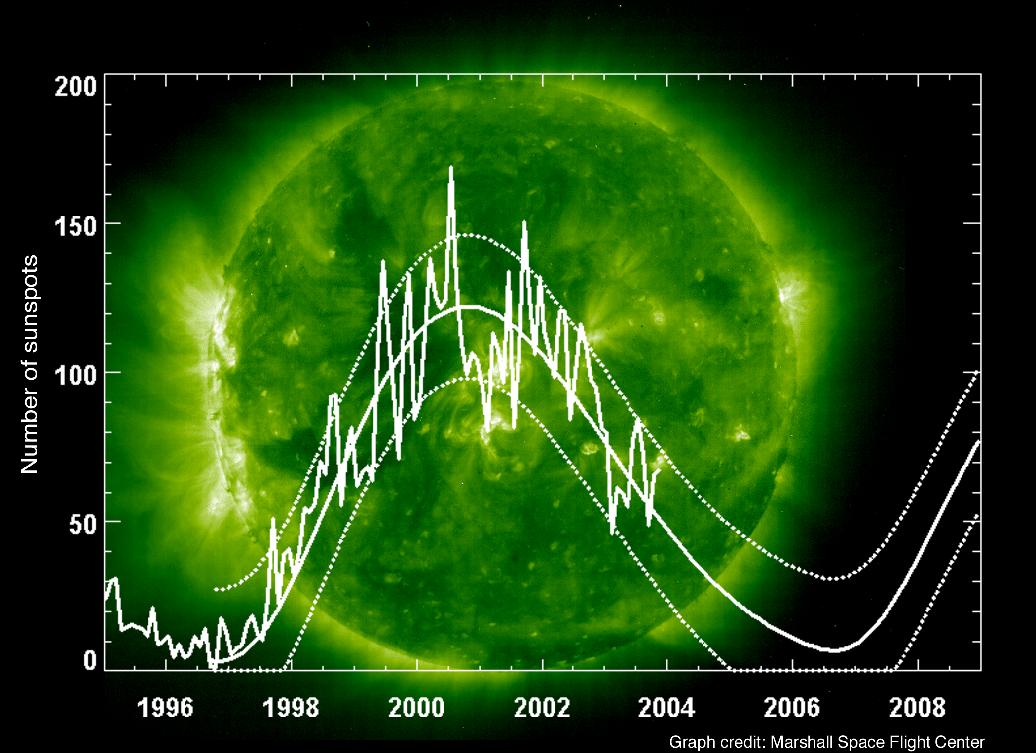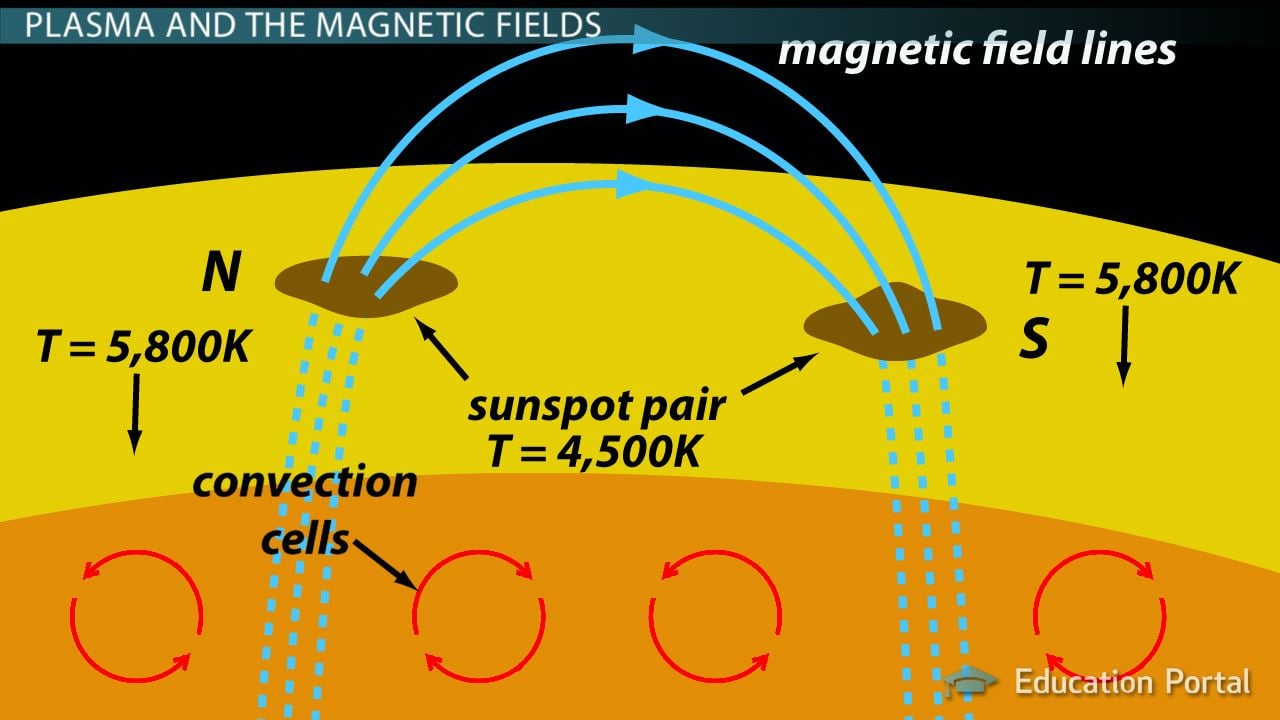

Sunspots are areas that appear dark on the surface of the Sun. The glowing hot gas traces out the twists and loops of the Sun’s magnetic field lines. Solar activity can have effects here on Earth, so scientists closely monitor solar activity every day.Īn image of active regions on the Sun from NASA’s Solar Dynamics Observatory. The amount of solar activity changes with the stages in the solar cycle. Sometimes the Sun’s surface is very active. This motion creates a lot of activity on the Sun's surface, called solar activity. The Sun’s gases are constantly moving, which tangles, stretches and twists the magnetic fields. It has electrically charged gases that generate areas of powerful magnetic forces. The periodic nature has persisted for hundreds of years.The surface of the Sun is a very busy place. The longterm data shown below is from NASA's Solar Science site. The above text and image are from Wikipedia and you may freely use them under their conditions of use. During one 30-year period within the Maunder Minimum, for example, astronomers observed only about 50 sunspots, as opposed to a more typical 40,000-50,000 spots." Maunder (1851-1928) who discovered the dearth of sunspots during that period by studying records from those years.

It is named after the solar astronomer Edward W. "The Maunder Minimum is the name given to the period roughly from 1645 to 1715, when sunspots became exceedingly rare, as noted by solar observers of the time. The exception is a period of exceptionally low activity called the Maunder Minimum. One model for the nature of the sunspots is that the intense magnetic fields inhibit or redirect the convective flow of the hot gases, which is normally toward the surface.Ĭenturies of observations have shown that there is about a 11 year cycle between maxima of sunspot activity.

Even more active events called solar flares can eject material from the Sun into space. Sometimes there are active events called solar prominences associated with sunspots when loops or sheets of glowing gases are ejected from active regions. At sunspot maximum, the faculae are also at maximum and make the Sun appear slightly (about 0.1%) brighter than at sunspot minimum. According to the NASA Solar Physics website, these faculae have a greater effect on the solar luminosity than do the dark sunspots. Called faculae, these areas are also magnetic but are concentrated in much smaller bundles. In the image at right, there are also bright areas which contrast with the Sun's background. Chaisson & McMillan report typical temperatures of 4500K for the umbra and 5500K for the penumbra, compared to about 5780K as the effective surface temperature of the Sun's surface. The sunspots represent cooler regions on the Sun's surface. Sunspots will generally have a darker center (umbra) surrounded by a ligher region (penumbra). This NASA image shows the granulation of the convection cells on the Sun's surface, and the interruption of that pattern to show the darker sunspot. This shows that there is a high degree of long-range order in the magnetic field of the Sun, even though the pattern of sunspots seems random. At the same time the sunspots in the other hemisphere will have the opposite polarity. That is, if the re-entry spot is on the side toward the direction of rotation of the Sun, then all the others in that hemisphere will have that orientation as well. All the sunspot pairs in a given hemisphere, north or south, of the sun have the same magnetic polarity. Apparently, the sunspot pairs represent points where the internal magnetic field penetrates the surface at one spot and re-enters at the other. The magnetic fields in the sunspot areas are about 1000 times stronger than the magnetic fields of surrounding, undisturbed areas of the photosphere. If you examine the nature of the magnetic field of a bar magnet, you see that this implies that they are like opposite poles of a magnet. One observation that is part of the answer is that intense magnetic fields are associated with the sunspots, and that sunspots generally occur in pairs with the magnetic field coming out of one and into the other. The obvious question is "What causes the sunspots?". A large group of spots typically lasts 50 days. Individual spots may last from 1 to 100 days. At some times the Sun has hundreds of sunspots, while at other times it may have almost none. They often occur in groups, and come and go. They typically measure about 10,000 kilometers across, which makes them on the order of the size of the Earth. Galileo was the first to study dark spots on the Sun which we call "sunspots". Sunspots and Solar Storms Sunspots and Solar Storms NASA image.


 0 kommentar(er)
0 kommentar(er)
